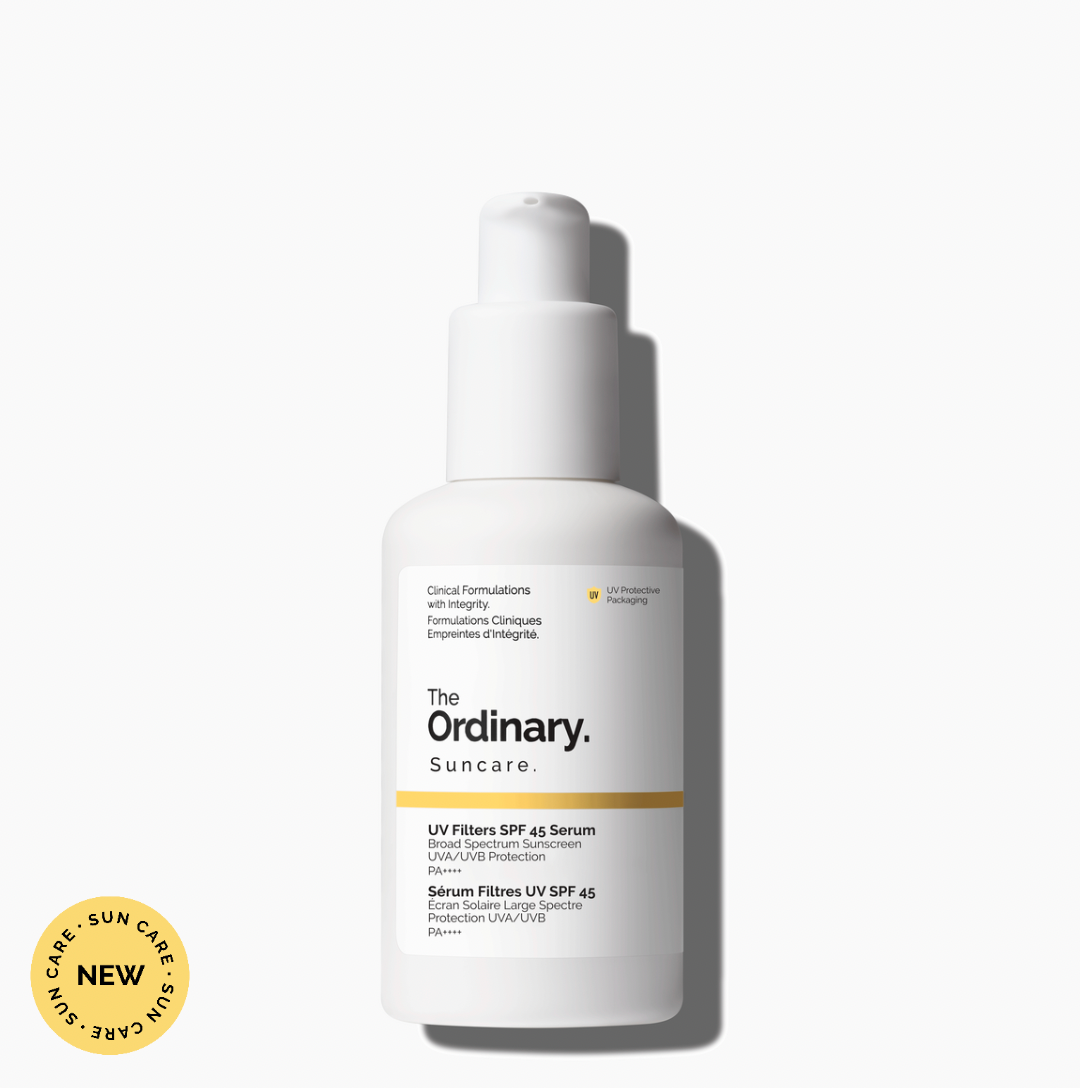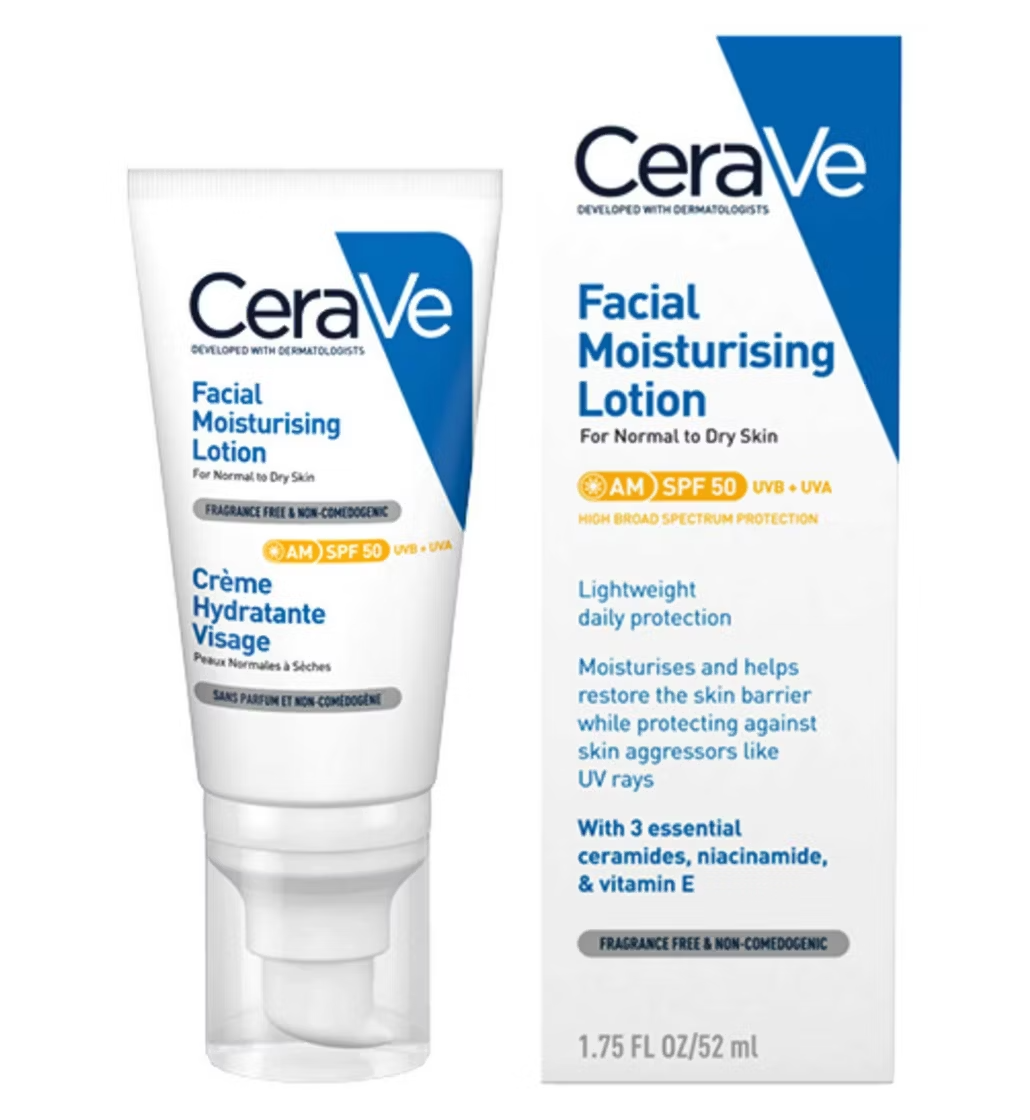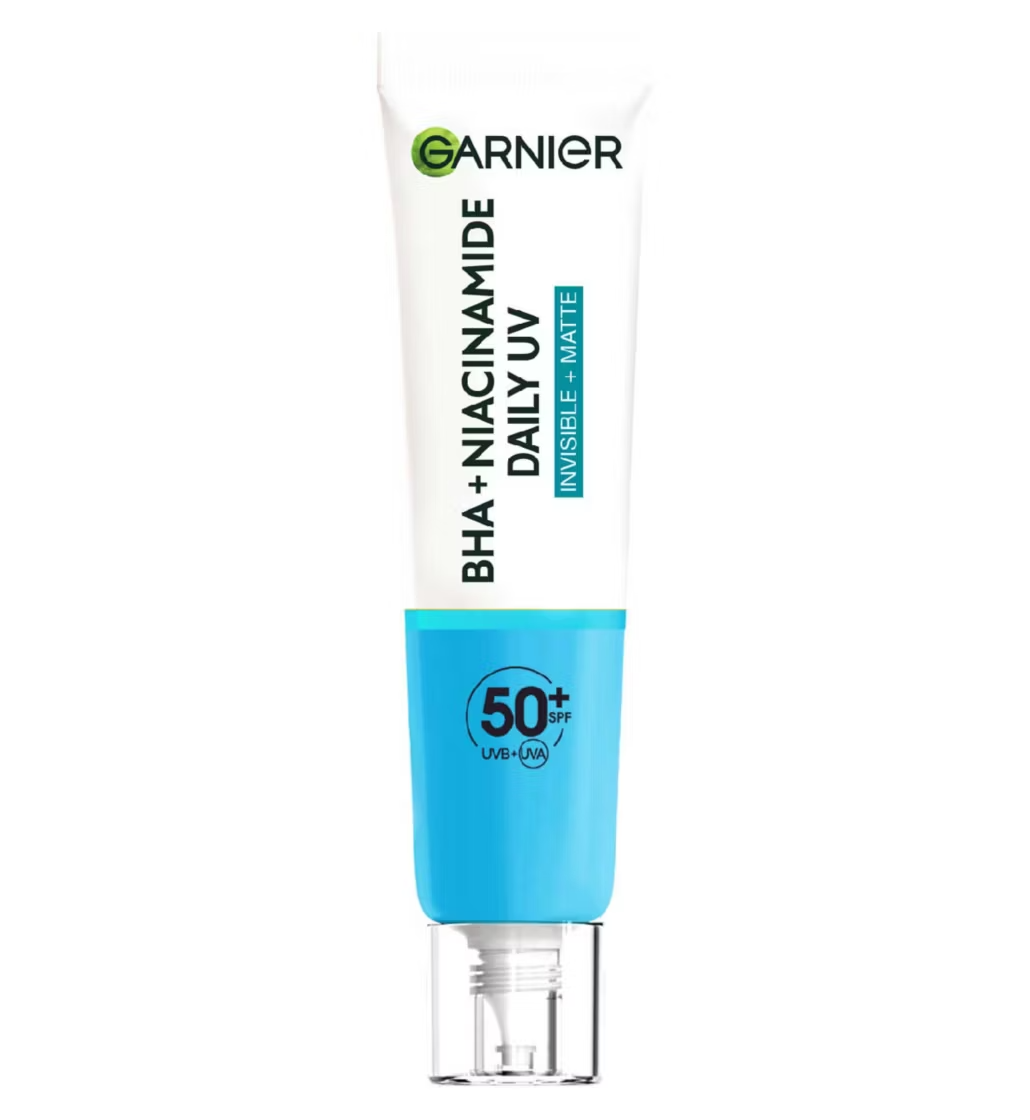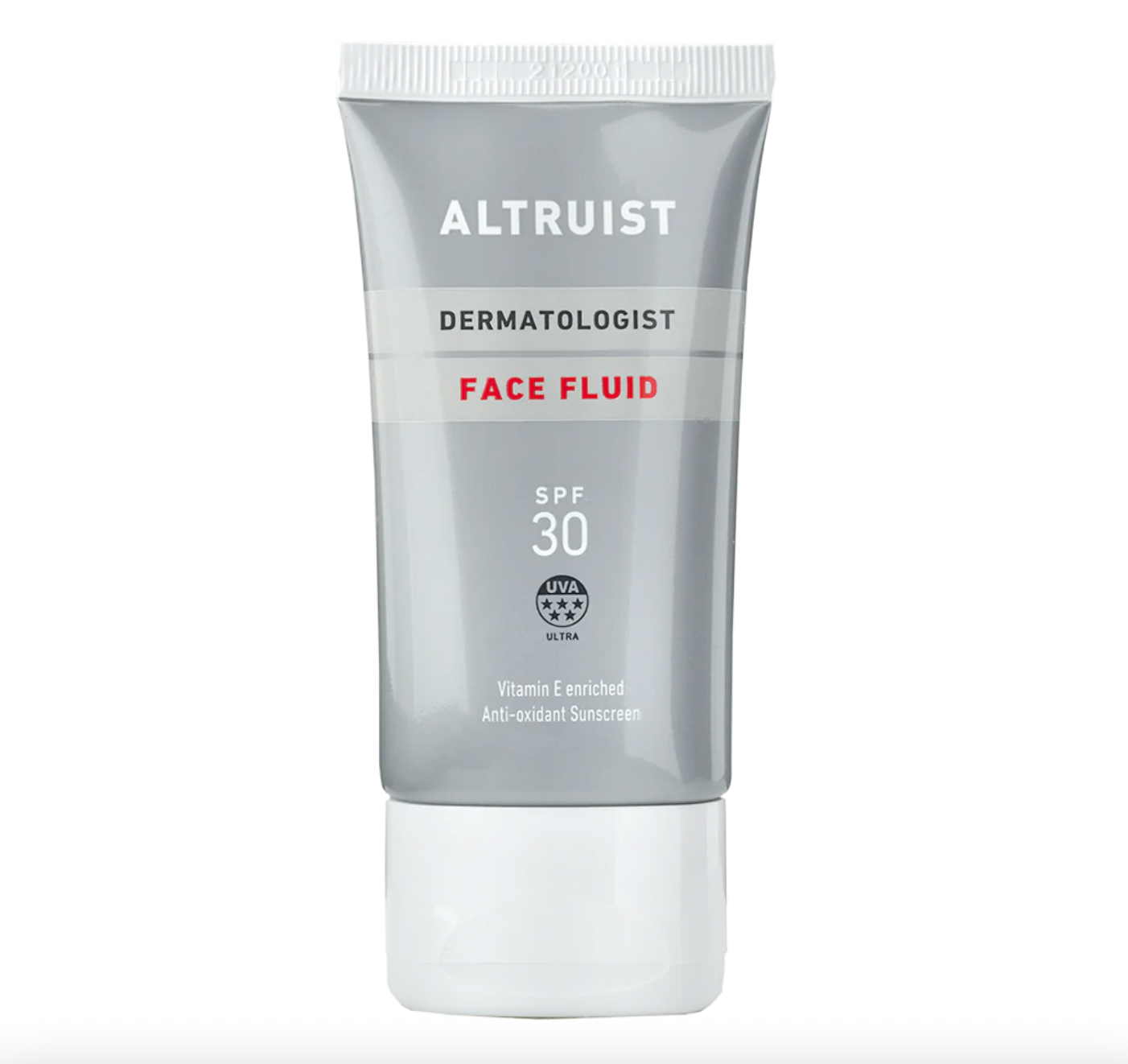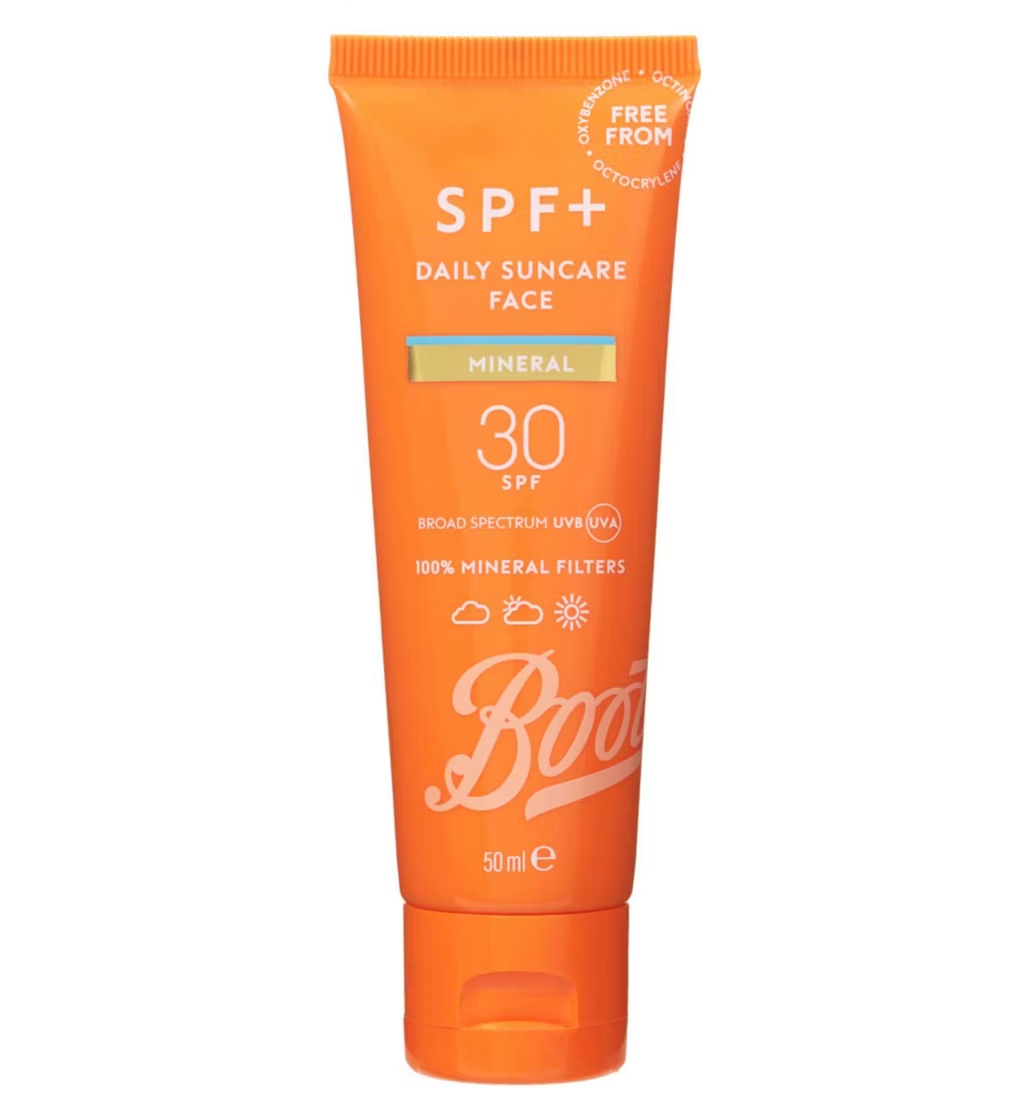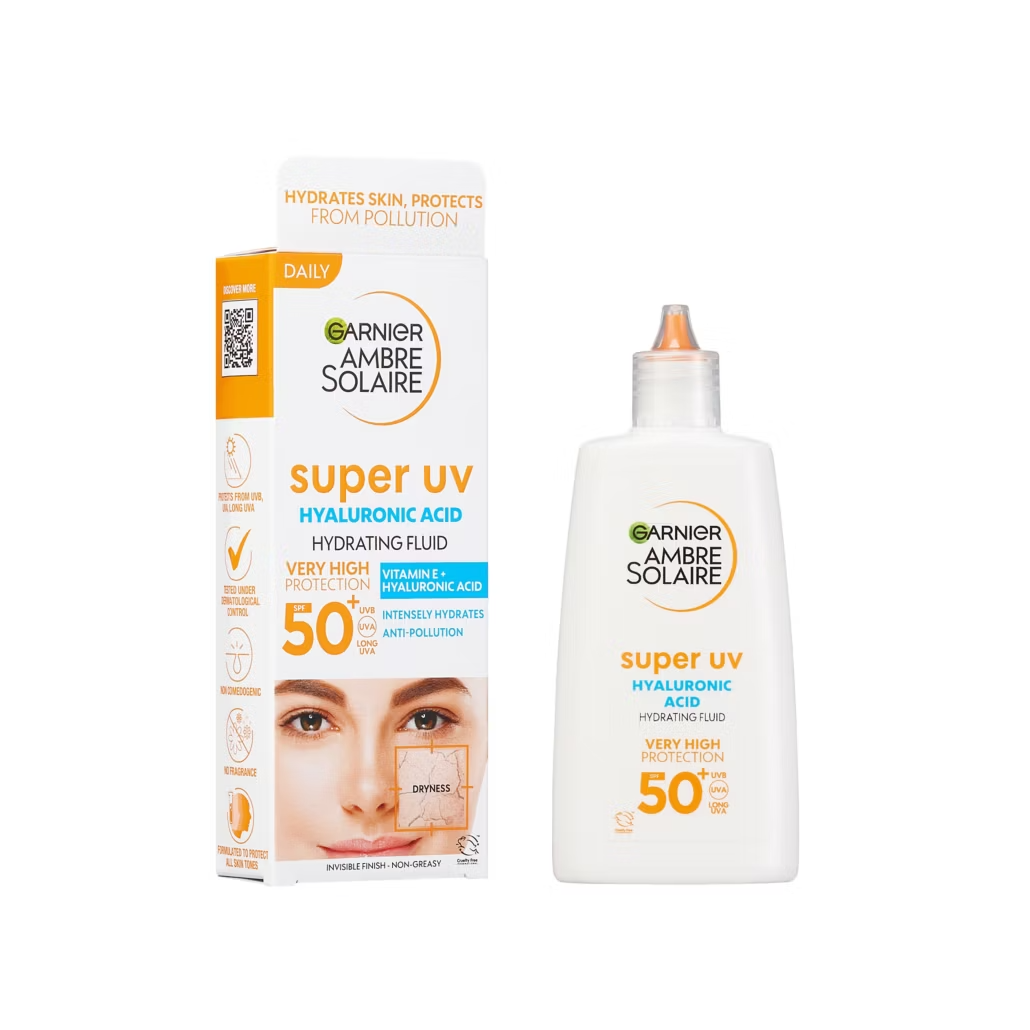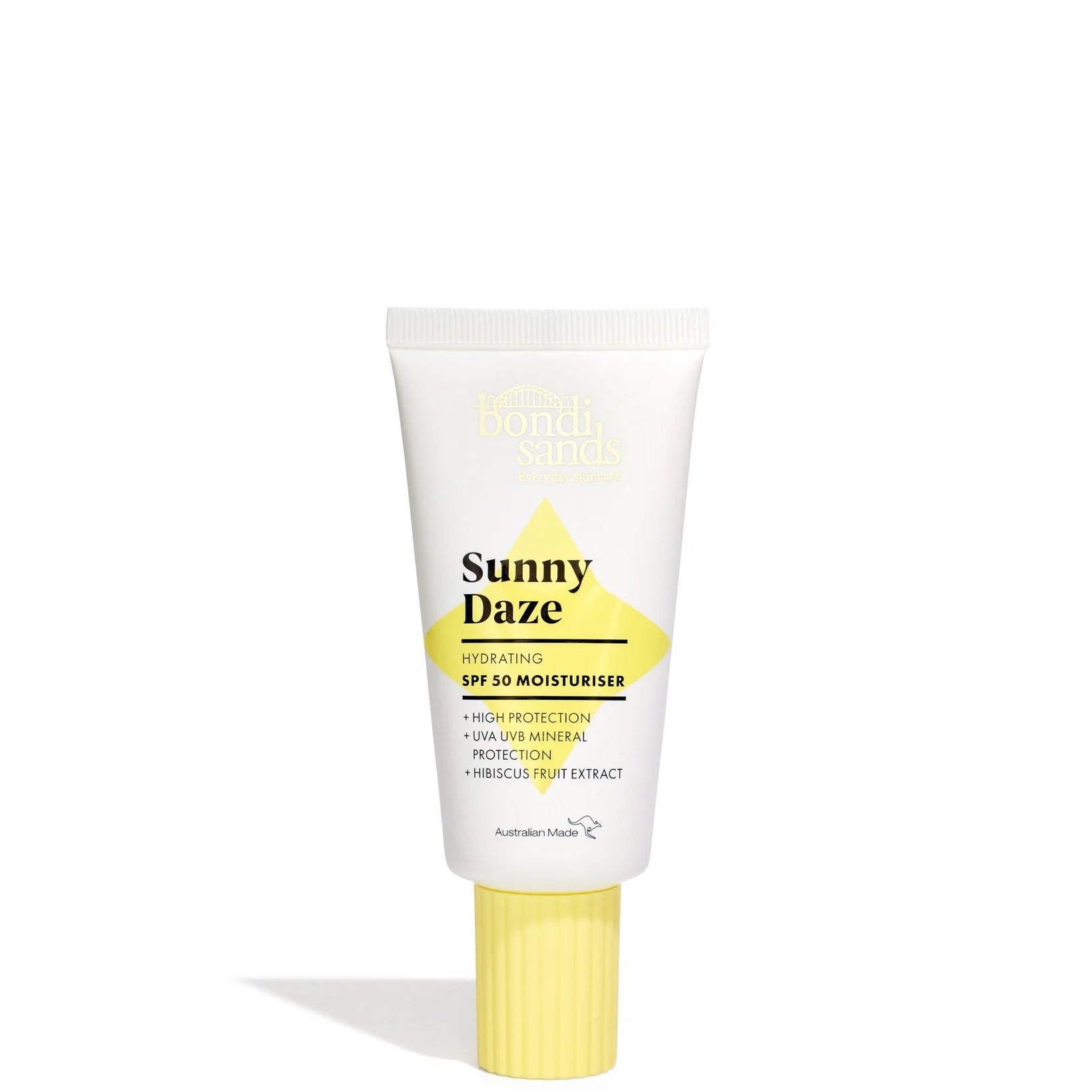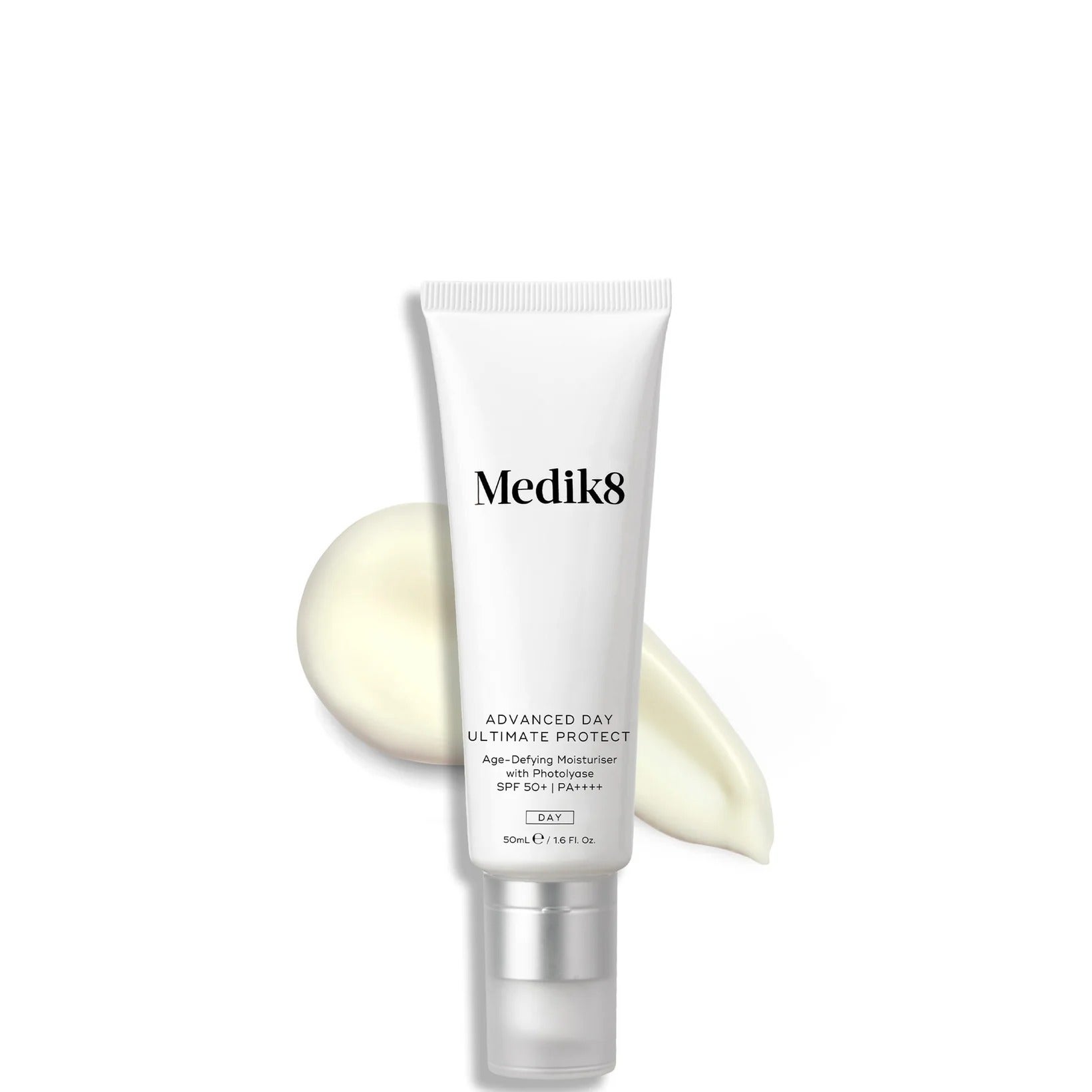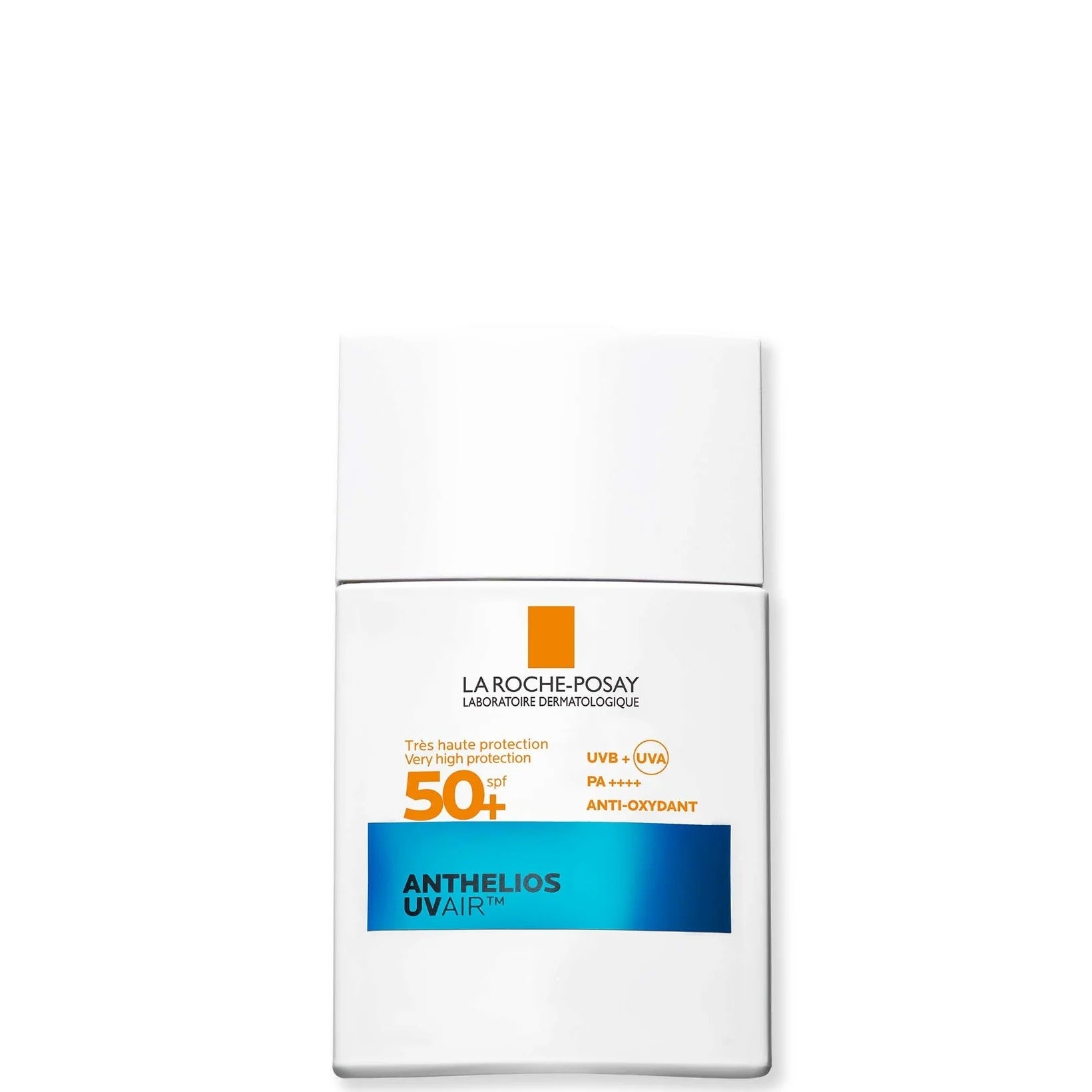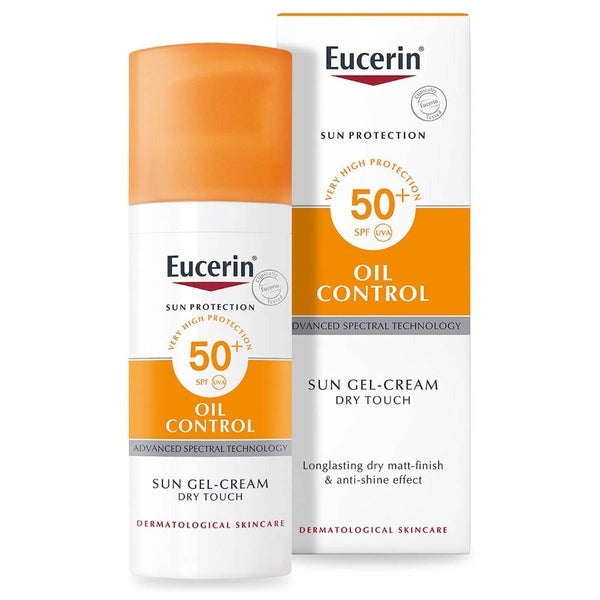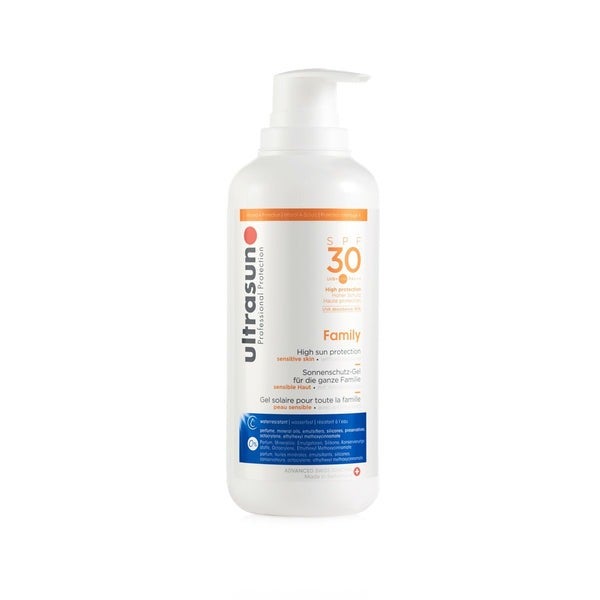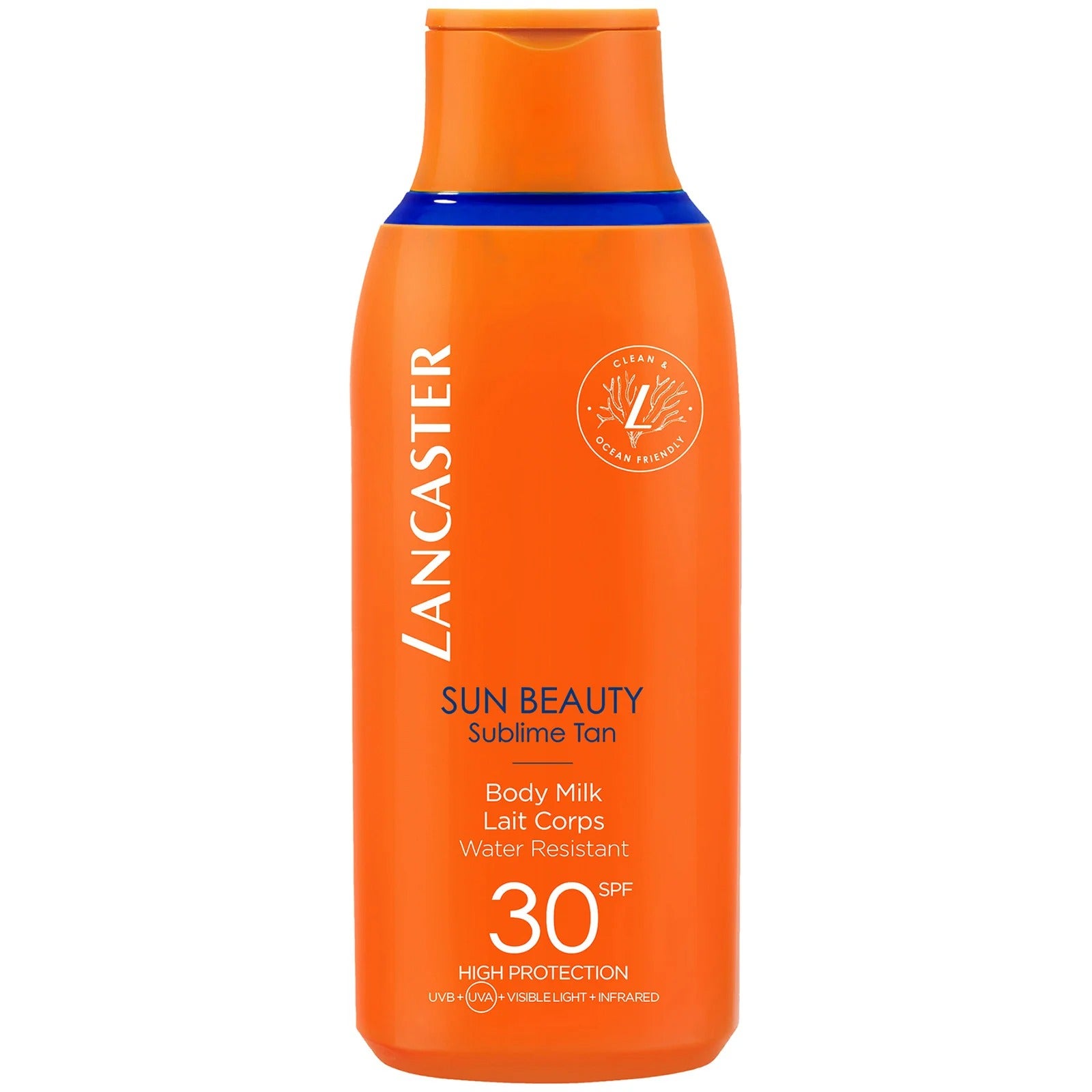Sunscreen’s Getting Expensive — Here’s How To Maximise Every Drop
All linked products are independently selected by our editors. If you purchase any of these products, we may earn a commission.
Photo: Getty Images.
Welcome to Sun Blocked, Refinery29’s global call to action to wake up to the serious dangers of tanning. No lectures or shaming, we promise. Instead, our goal is to arm you with the facts you need to protect your skin to the best of your ability, because there’s no such thing as safe sun.
“Sorry, can we talk about the price of sunscreen these days?” flashes across my phone screen. It’s a message from a friend who, after discovering her favourite SPF had gone up by 50%, walked out of the store and decided to leave it behind.
AdvertisementADVERTISEMENT
She’s not the only one lamenting the rising cost of SPF products lately. A quick scroll through Reddit serves multiple threads comparing 2025 sunscreen prices to those from just a few years ago — and the difference is enough to make anyone question whether they need it. It’s a similar story on TikTok, where beauty enthusiasts are pointing out how expensive 30ml bottles of sunscreen have become.
They aren’t imagining it. Besides product innovation, inflation and the rising cost of living have driven up the price of facial skincare. Add the Trump administration’s tariffs to the mix and prices are expected to rise even further.
Given that the average adult needs at least one teaspoon (or two finger lengths’) of sunscreen to properly cover the face and neck — and that reapplication is important on hot, sunny days — it's no surprise many people are skipping sun protection altogether, viewing it more as a costly extra than a daily essential. That’s a problem. Cancer Research UK reports that the incidence rates of melanoma — a type of skin cancer that can be caused by UV radiation and may spread to other parts of the body — have increased by almost a third (31%) in the UK over the past decade. A large proportion of melanoma cases are linked to ultraviolet (UV) exposure, but research shows that using a high-factor, broad-spectrum sunscreen can reduce your risk of developing melanoma. In other words, sunscreen is key to protecting your skin. But what happens when there’s no room for it in your budget?
AdvertisementADVERTISEMENT
Why is sunscreen so expensive nowadays?
Other than inflation and tariffs, certain sunscreens are more expensive to formulate than others: “The active agents in mineral sunscreens are more expensive, especially when you're using coated or micronised UV filters,” explains cosmetic chemist Milan Scott — these are filters that have been processed to improve how they look and feel on the skin.
Scott adds that formulating a good mineral sunscreen can be difficult thanks to the nature of these UV filters, like zinc oxide or titanium dioxide, leaving behind a white cast. “It takes a lot of time and experience to formulate an elegant mineral sunscreen formula, hence the price tag,” says Scott. On the other hand, sunscreens that use chemical filters like oxybenzone and octocrylene tend to be more straightforward to work with, says Scott, and are usually less expensive to formulate.
Both have their benefits. Mineral sunscreens, which reflect UV rays away from the skin, are generally recommended for those with reactive or sensitive skin. Chemical filters absorb UV rays and convert them into heat that dissipates before it can cause damage; they feel lighter and are mostly invisible, making them a better option for darker skin tones. But here’s the thing: a higher price tag doesn’t mean a better sunscreen.
Is there a difference between cheap and expensive sunscreen?
In the UK, all SPF formulas — regardless of final cost — must undergo various tests that follow international standards (ISO) to determine their SPF value before they can be legally sold. Dr Julian Sass, Ph.D., a cosmetics research and development consultant, adds that while expensive sunscreens may be texturally elegant, there is no difference when it comes to protection, and that SPF 50 is SPF 50, whether you spend £10 or £100.
AdvertisementADVERTISEMENT
Scott agrees: “Many cosmetic chemists like myself formulate for both high-end and mass market brands, and we often pull ingredients from the same suppliers,” she reveals. Excluding texture and finish, Aj Addae, chemist and founder of SULA Labs, says that sleeker packaging also plays a role in the price of sunscreen. “I wouldn't always opt for a more expensive formula just because it gives the idea of luxury, though,” adds Scott. “You can have an expensive sunscreen that feels greasy and has a white cast, or you can have an affordable sunscreen that feels amazing.” Instead, she suggests focusing on how it feels on the skin and whether you can see yourself using it consistently.
If you can’t afford sunscreen daily, when should you use it?
Suppose you’ve found the ultimate daily sunscreen and you’re applying it in the right quantity. Is there a smart way to make it go further? Dr Anjali Mahto, a consultant dermatologist and founder of Self London, an expert-led dermatology, laser and lifestyle clinic, says that if cost is a concern, it’s a good idea to focus sunscreen use on days with a higher UV exposure — typically late spring through early fall, or any day with a UV index of three or above.
“The UV index is a simple, accessible tool that indicates the strength of ultraviolet radiation on any given day,” explains Dr Mahto. She sees it as a practical way to help people make informed decisions, especially when sunscreen is limited or you’re trying to build a consistent routine. “You can google the UV index, or if you have an iPhone, it shows you the UV index in the weather app,” says Dr Mahto.
AdvertisementADVERTISEMENT
Sun protection is advised when the UV index is three or above: “This is the threshold where damage begins to outweigh any incidental benefits,” she adds, “and checking it daily helps you tailor your approach: you might skip sunscreen during a rainy winter day with a UV index of 0, but apply diligently during a sunny April afternoon with a reading of five.”
Do you have to wear sunscreen in the autumn or winter?
While UVB levels are typically much lower in winter, UVA, which is responsible for premature ageing and skin cancers, is present all year round and can pass through clouds and windows. “That means your skin is still exposed indoors or while driving,” says Dr Mahto. “If you're spending long hours outside or sitting near natural light, it's wise to continue daily sunscreen use,” she adds. “That said, if you're only outside briefly on a low-UV day, the risk is lower.”
Dr Mahto says it’s not terrible to skip sunscreen occasionally in winter, but wearing it year-round builds a good habit, so you’re automatically protected on higher-risk days without having to think twice. The most important thing is choosing a broad-spectrum product that protects you against both UVA and UVB, and applying it in the right quantity, says Dr Mahto. “You don’t need to spend a fortune; a well-formulated sunscreen from a budget-friendly brand is just as effective as a luxury one if used properly.”
She recommends The Ordinary and Garnier as budget-friendly options that offer excellent protection: “The same as their more expensive counterparts.”
AdvertisementADVERTISEMENT
Can you use sunscreen as moisturiser?
If you need to lose a product from your skincare routine, consider ditching your day cream rather than your sunscreen. “For most people, simplifying your morning routine by using a moisturising sunscreen is both time- and cost-effective, and it increases the likelihood of consistent daily use,” says Dr Mahto.
She notes that strides in product innovation mean lots of modern sunscreens are formulated with skincare benefits. Think hydration from hyaluronic acid and glycerin, antioxidants in the form of vitamin C and brightening agents like niacinamide. “If you have oily, combination, or even ‘normal’ skin, you can often skip a separate moisturiser, particularly in the warmer months,” adds Dr Mahto.
There’s a reason why CeraVe’s AM Facial Moisturising Lotion SPF50, £16.50, has so many five-star reviews. Alongside broad-spectrum protection, it boasts moisturising ceramides and vitamin E to keep your skin barrier happy. Also try The Ordinary UV Filters SPF 45 Serum, £15.80, which is substantially moisturising thanks to ceramides and Garnier BHA+Niacinamide Daily UV Fluid SPF50, £12.99, with salicylic acid to unclog pores and niacinamide to reduce excess oil production.
What's the minimum you should look for on a sunscreen label if you can only afford one product?
AdvertisementADVERTISEMENT
Beyond skincare ingredients, Scott, Addae and Dr Sass recommend opting for a sunscreen with SPF 30 or higher. Better still, make sure it offers broad-spectrum protection (this should be clearly stated on the label) and is water-resistant: “That way it’s something that you can use daily, as well as on the beach or during vacation,” says Dr Sass.
Most people underapply, which leaves gaps in protection, and what you shouldn’t do is use sunscreen sparingly. “If there’s no ‘period after opening’ symbol on the packaging, sunscreens generally last about a year after being opened,” says Dr Sass, but Addae notes that UV filters can break down or become less effective when exposed to too much light or heat.
Dr Sass, Addae and Scott agree that trying to stretch a bottle by using less is shortchanging your skin: “The industry standard is to use 2mg/cm², so about two to three finger lengths worth on your face, ears and neck,” says Scott. “Using any less than this means that you're not adequately protected. Besides sunscreen, Dr Mahto recommends keeping to the shade, wearing a hat and covering up with clothes to minimise the amount of product needed on your body.
If you’re looking to spend less, I highly recommend Altruist, a sunscreen brand founded by dermatologist and skin cancer surgeon Dr Andrew Birnie. Its Face Fluid SPF 30 — broad-spectrum, water-resistant and non-comedogenic (so it’s less likely to clog your pores and cause breakouts) — is a purse-friendly £7.85 for 50ml. The brand also offers a wide range of face and body sunscreens, including an SPF mist and a 1000ml pump for just £22.
AdvertisementADVERTISEMENT
Boots’ brand of sunscreen is also making waves among beauty editors and dermatologists, particularly its SPF+ Mineral Suncare Face Lotion SPF30, £7.50. Also try Garnier Ambre Solaire SPF 50+ Super UV Face Protection Fluid, £13 and Bondi Sands Sunny Cream SPF 50+ Face Lotion, £12.99. Both brands also offer a wide range of body sunscreens, too. Again, EU and UK regulations require all sunscreen products to meet strict testing standards, regardless of the price.
Happily, some retailers are also stepping up by cutting the extra tax on sunscreen, making it a bit more affordable. Lookfantastic’s new campaign, Wear Your Stripes: Two Fingers for Sun Protection, Two Fingers to Sun Damage, shaves 20% off SPF face and body products with a factor 30 or higher. The offer includes dermatologist-approved brands like Medik8, La Roche-Posay and Lancaster to name a few. Likewise, skincare retailer Face The Future has relaunched its 365 Days of SPF campaign, removing VAT from its SPF brands between 1st of April and 31st of October. The offer includes beauty editor favourites like Ultrasun, Eucerin and Heliocare.
Ultimately, though, sun care is a public health issue and it shouldn’t fall to retailers alone. The responsibility should lie with the government to make SPF products more affordable and accessible for everyone. With skin cancer cases at an all-time high in the UK, it’s about time.
AdvertisementADVERTISEMENT








